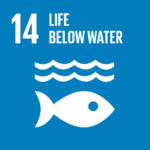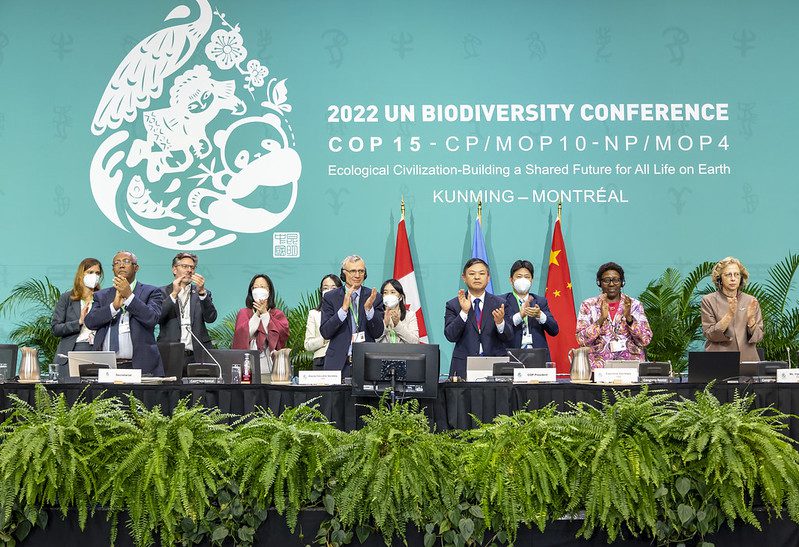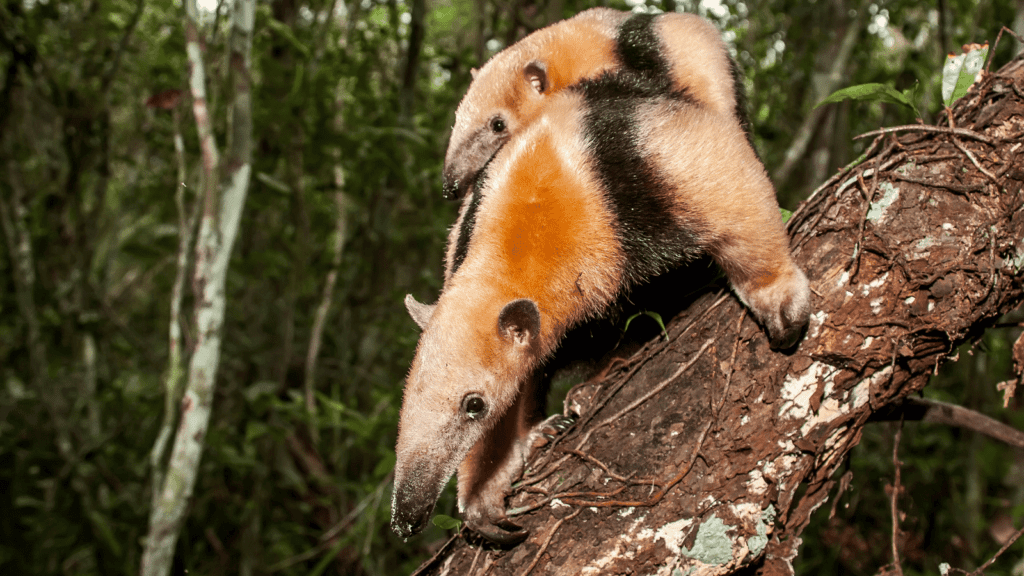The biggest biodiversity conference in a decade, COP15, has come to an end. Here are five key takeaways you need to know.
The world’s nations have reached a historic agreement to protect the world’s biodiversity. On Monday 19th December, the Kunming-Montreal Global biodiversity framework was officially adopted.Here are five takeaways and memorable moments.
RELEVANT SUSTAINABLE GOALS



1. 30-by-30 : Protecting 30% of Lands, Coastal and Marine Areas
Among the central pillars of this agreement is the 30 x 30 pledge – countries agree to protect 30% of their land and water by 2030. Currently, 17 percent of land and *8 per cent of marine areas are under protection
Without agreement on this key ambition, the whole agreement would have been doomed to fail. More than 100 countries had already signed up before the meeting started in Montreal. Indigenous and traditional territories will also count toward this goal, as many countries and campaigners pushed for during the talks.
Without agreement on this key ambition, the whole agreement would have been doomed to fail. More than 100 countries had already signed up before the meeting started in Montreal. Indigenous and traditional territories will also count toward this goal, as many countries and campaigners pushed for during the talks.
At the talks, countries championing 30 x 30 pushed back when suggestions were made to water down the pledge. “We cannot afford to leave Montreal without banking this commitment,” said UK environment minister Zac Goldsmith during a press conference. And protecting 30% of lands and seas for nature could be the start. “Extinction doesn’t negotiate — the science is clear that we need to protect at least half the Earth by 2030,” says Oscar Soria, campaign director for the non-profit Avaaz. “This text is a step forward from where we are, but nature needs a giant leap.”

2. Big companies are expected to release a biodiversity impact report
The impact of biodiversity issues on companies’ operations should be analyzed and reported. According to the agreement, companies and financial institutions with large operations, supply chains, and portfolios will be required to disclose information about them.
This report aims to promote biodiversity, reduce the risks posed by the natural world to business, and encourage sustainable production practices.
This report aims to promote biodiversity, reduce the risks posed by the natural world to business, and encourage sustainable production practices.
3. Phasing Out the Use of Pesticides and Hazardous Chemicals.
Among the deal’s more controversial targets was a two-thirds reduction in pesticide use. In its final form, however, the final language focuses on pesticides and highly hazardous chemicals instead, pledging to reduce those threats by “at least half” and instead utilize other pest management techniques. In addition, the Kunming-Montreal agreement aims to reduce pollution impacts to levels that do not harm nature, although the text does not specify a target.
4. Monitoring and reporting progress
To avoid this agreement meeting the same fate as similar targets agreed in Aichi, Japan, in 2010, and never met, all of the agreed aims will be supported by processes for monitoring progress in the future. As part of UN-led efforts to curb climate change, national action plans will be developed and reviewed. Countries are not required to submit their plans by a given date, according to some observers.
5. Finance At The Core
Finance played a key role at COP15, with discussions centring on how much money developed countries will send to developing countries to address biodiversity loss. It was requested that the Global Environment Facility set up a Special Trust Fund – the GBF Fund – to support the implementation of the GBF, in order to ensure an adequate, predictable and timely flow of funds.
In the final agreement, countries decided to create a new fund within the UN’s main existing biodiversity financing mechanism – the global environment facility – and commit to future talks about a separate fund. Rich countries agreed to provide $30bn of aid for biodiversity by the end of the decade, believed to be a substantial increase on current levels.
Countries also approved a series of related agreements to implement the GBF, including on planning, monitoring, reporting and review, which are all vital to ensure progress is made – in the words of the GBF, to ensure that there is not “a further acceleration in the global rate of species extinction, which is already at least tens to hundreds of times higher than it has averaged over the past 10 million years.”
Nature and biodiversity is dying the death of a billion cuts. And humanity is paying the price for betraying its closest friend. In the words of the UN Secretary-General, “we are committing suicide by proxy”. This Conference of the Parties must secure the future of our planetary life support system.
Inger Andersen - UN Under-Secretary-General and UNEP Executive Director
Lead image courtesy of Leonardo Press Mercon Ro via Getty Images Pro.


